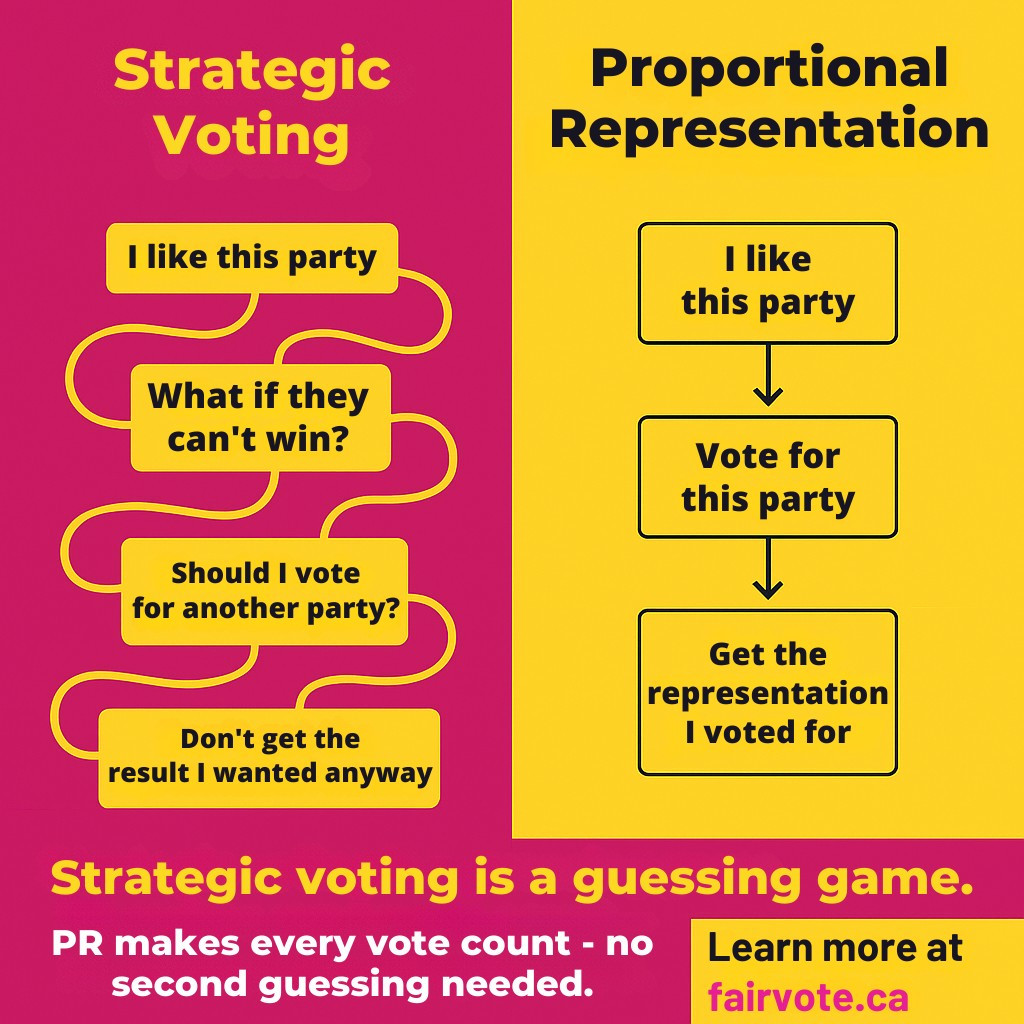this post was submitted on 03 Apr 2025
29 points (96.8% liked)
Fairvote Canada
580 readers
117 users here now
Matrix Chat
What is This Group is About?
De Quoi Parle ce Groupe?
The unofficial non-partisan Lemmy movement to bring proportional representation to all levels of government in Canada.
🗳️Voters deserve more choice and accountability from all politicians.
Le mouvement non officiel et non partisan de Lemmy visant à introduire la représentation proportionnelle à tous les niveaux de gouvernement au Canada.
🗳️Les électeurs méritent davantage de choix et de responsabilité de la part de tous les politiciens.

Related Communities/Communautés Associées
Resources/Ressources
Official Organizations/Organisations Officielles
We're looking for more moderators, especially those who are of French and indigenous identities.
Nous recherchons davantage de modérateurs, notamment ceux qui sont d'identité française et autochtone.
founded 10 months ago
MODERATORS

